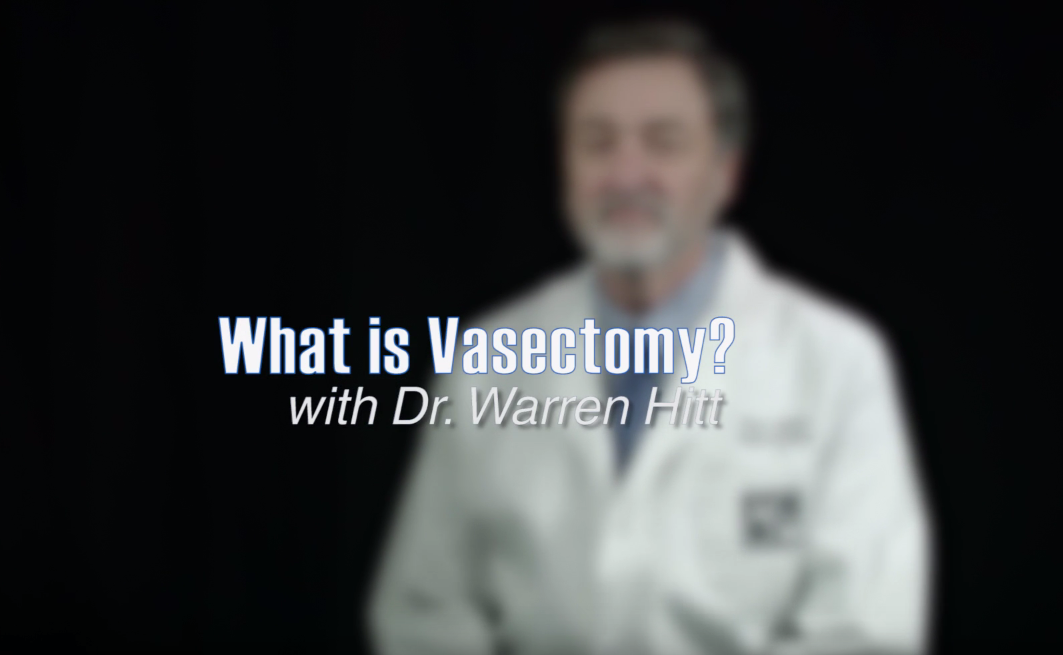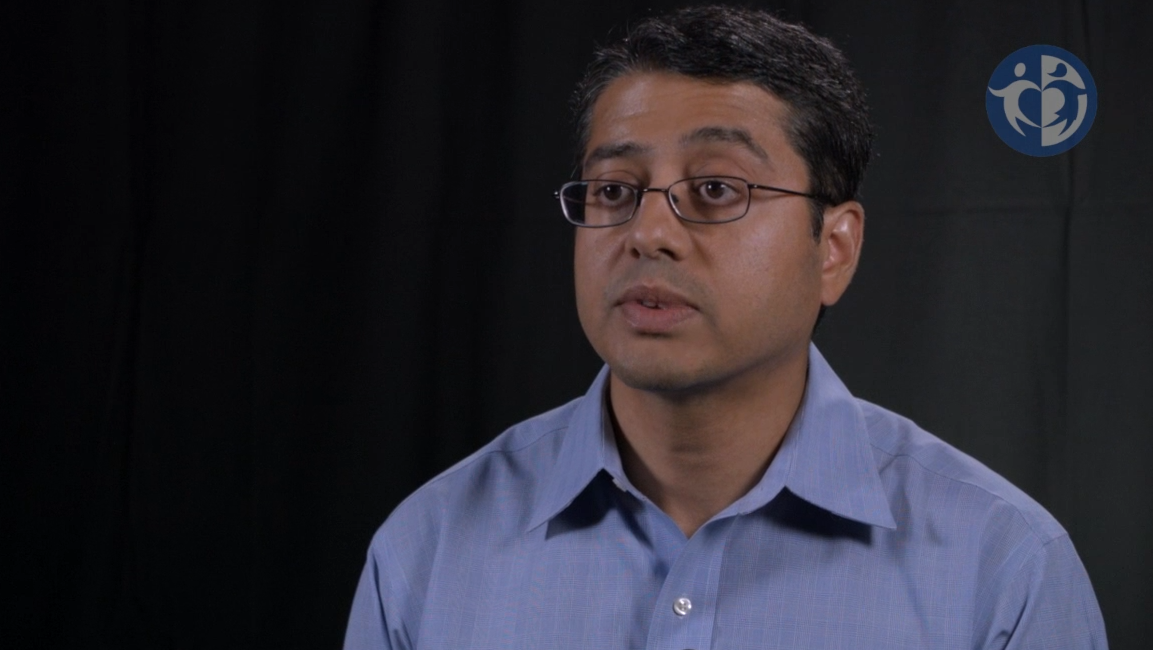A vasectomy is a simple and safe minimally-invasive surgery done by a doctor in a clinic, office or hospital. During the procedure, the small tubes called vas deferens that carry sperm are blocked or cut off to prevent sperm from leaving a man’s body and causing pregnancy. The sperm cells remain in the testicles and are reabsorbed into the body. So after about 3 months following a vasectomy, the semen doesn’t contain any sperm and can’t cause pregnancy. Of course you’ll still produce the same amount of semen as before except that there will be no sperm in them.
Quick and highly-effective
A vasectomy is a quick, 15-to-30-minute procedure and you can return home the same day. Designed to be a permanent form of contraception, a vasectomy is extremely effective in preventing pregnancy — nearly 100 percent. It is one of the most effective methods of birth control you can find. Vasectomy — also called male sterilization — is meant to protect against pregnancy permanently, so it’s super effective once you are past the first three months following surgery when the semen has become sperm-free.
After the procedure, pregnancy is prevented round-the-clock for the rest of your life. Once the doctor confirms that you no longer have sperm in your semen, then you don’t to do anything else to prevent pregnancy.Of course there is a very slim chance of the cut ends of the tubes growing back together after the procedure, making it possible to cause a pregnancy. That, however, very rarely happens.
Types of vasectomy
The vasectomy procedure involves cutting and blocking or partially removing both ends of the vas deferens (the sperm duct). Once that is done, sperm traveling from the testes can no longer reach the semen and form part of the ejaculate. Two types of vasectomies exist: the no-scalpel method and the incision method. The no-scalpel (no-cut) technique has a lower risk of infection and complications and generally requires a shorter recovery time. Because it’s classified as a minor surgical procedure, a vasectomy is often done in the doctor’s office with the patient under local anesthesia. It’s only in a small percentage of men where the procedure is performed in the operating room with general anesthesia or sedation — either due to the results of a doctor’s physical exam or patient preference.
Doesn’t hurt as much as often perceived
Vasectomy is a safer, minimally-invasive birth control method and a more effective procedure compared to tubal ligation. Guys generally tolerate it better than women do with tubal ligation. While you will experience a sharp sensation when the numbing medication is applied with a small needle, there should be no further pain after that. If you experience any further discomfort, inform your doctor so more of the numbing medication may be given or action is taken to alleviate the discomfort. Most men find vasectomy less painful than they anticipated, although a mild swelling and soreness may be experienced after the procedure.
Recovery after a vasectomy
Some mild swelling and discomfort is to be expected for a few days after the procedure, but almost always is gone completely by the end of the first week. It’s recommended that you take 1-2 days off work to reduce your activity level and get ample time to recover — although men with physically strenuous jobs may require a longer break from work. For the first 48 hours after the procedure, keep your activities limited and apply cold packs to your scrotum 3-4 times a day, with each application lasting for about 20 minutes. Wear supportive underwear until the discomfort subsides or for at least a week. Avoid sexual activity and exercise until the discomfort disappears, usually after around one week. Don’t soak in a pool, open water or hot tub for at least 3 weeks to ensure your wound heals quickly — you may just shower and dab dry. Return to normal activity slowly, building up your activity level gradually.
At Advanced Urology Institute, we do vasectomies in the office, using the no-scalpel, no-needle procedure. However, if you’re squeamish about it then you can have the procedure in a surgical room — although for most guys, doing it in the office is alright. The procedure takes about 20 minutes and is not bad in terms of pain. Recovery is also very fast. Most men schedule it on Friday and are back to work on Monday. As long as you don’t engage in strenuous activities such as a heavy lifting kind of a job, you can resume work quickly.
So if you want freedom from the fear of having unwanted children and want to enjoy your sexual relations without worrying about a pregnancy, a vasectomy is the ideal contraception for you. For more information on vasectomy, visit the “Advanced Urology Institute” site.






